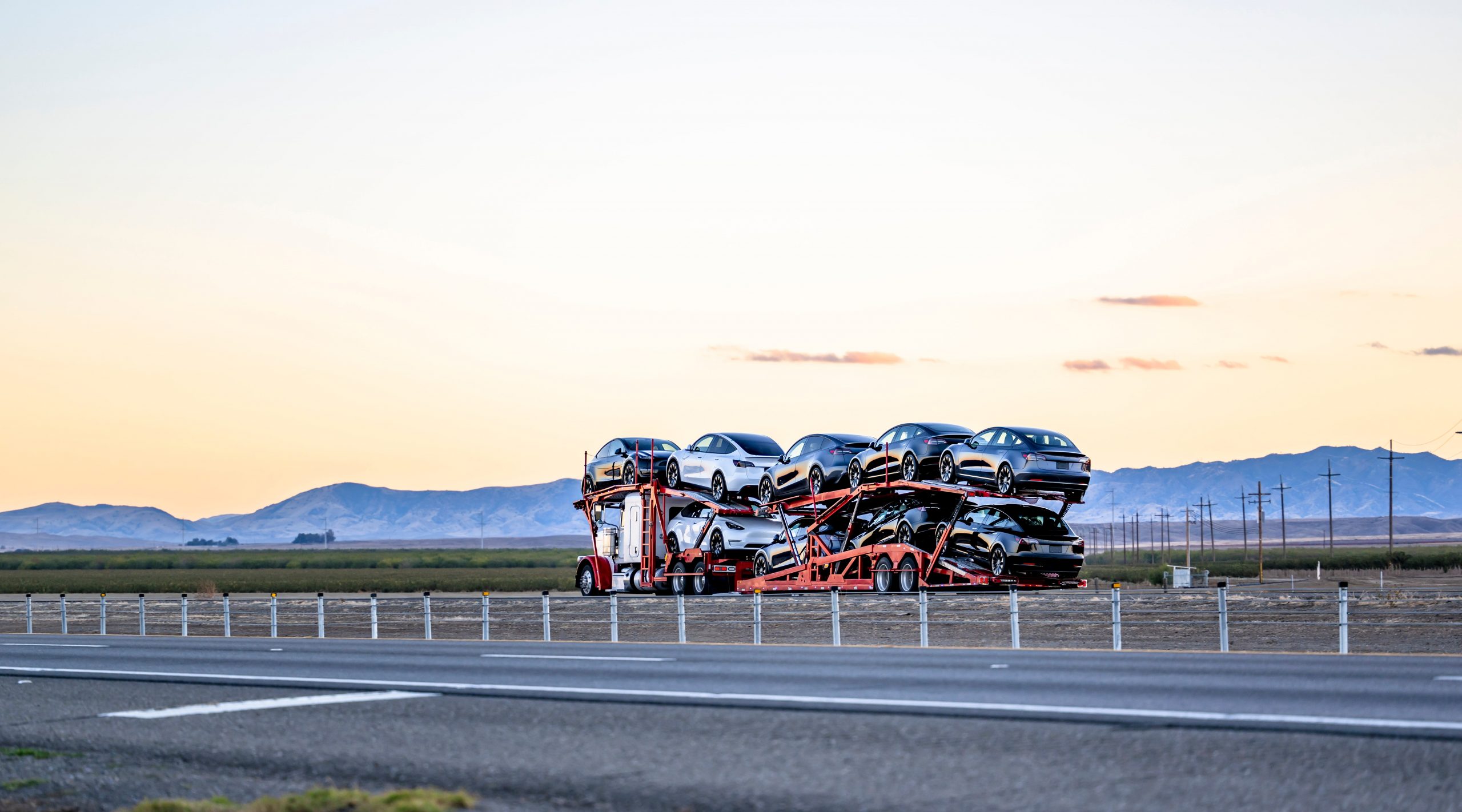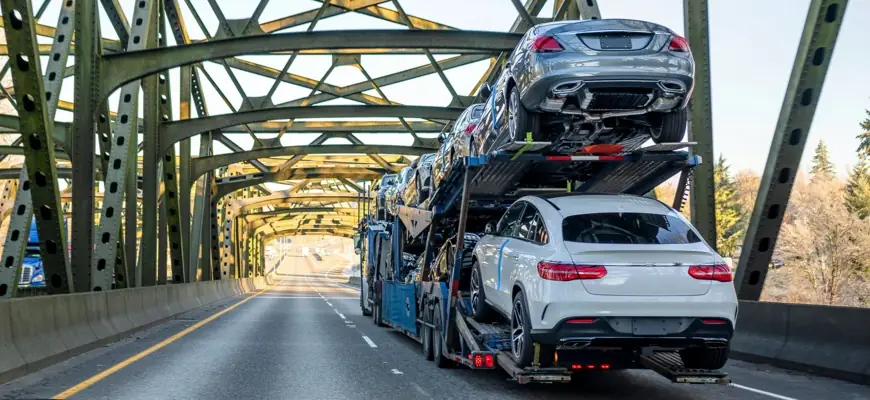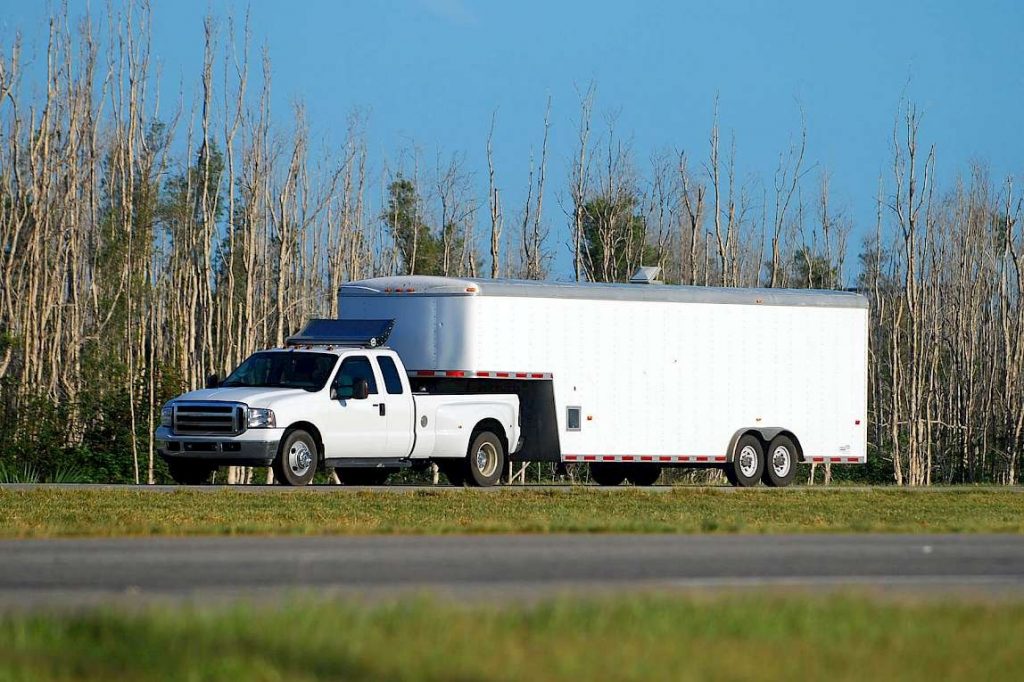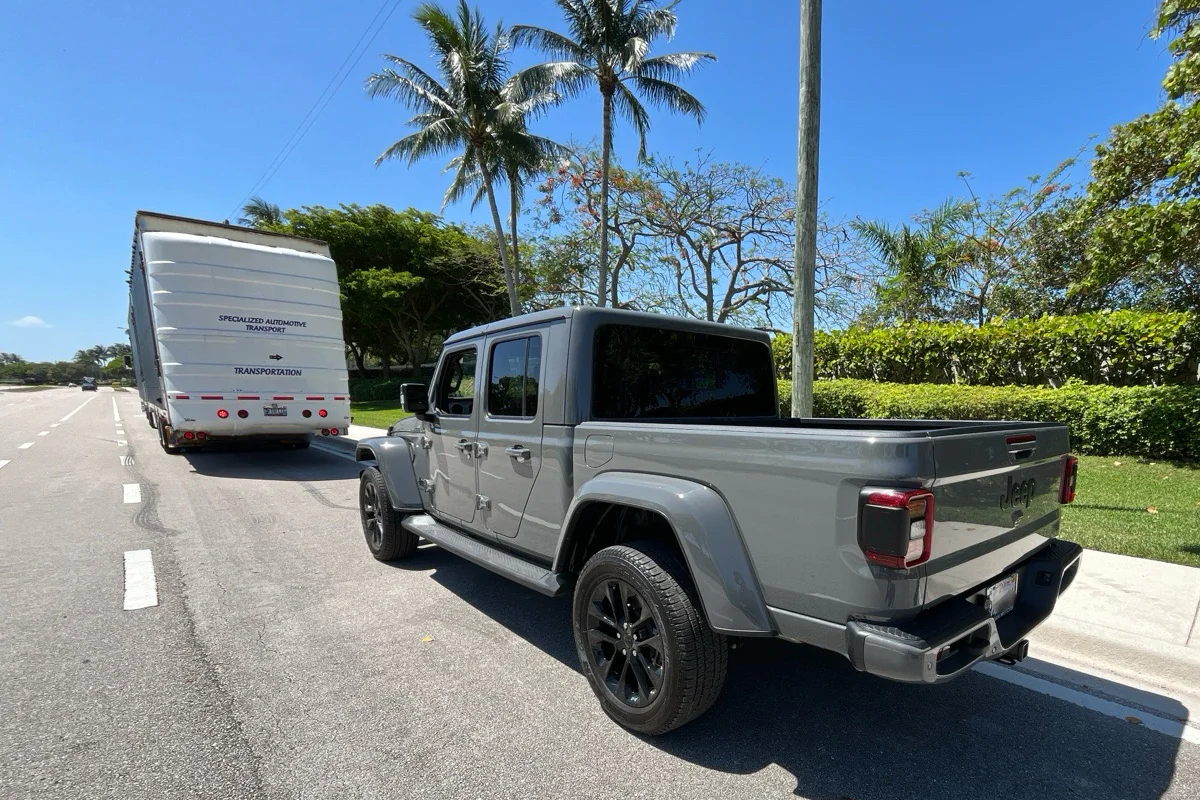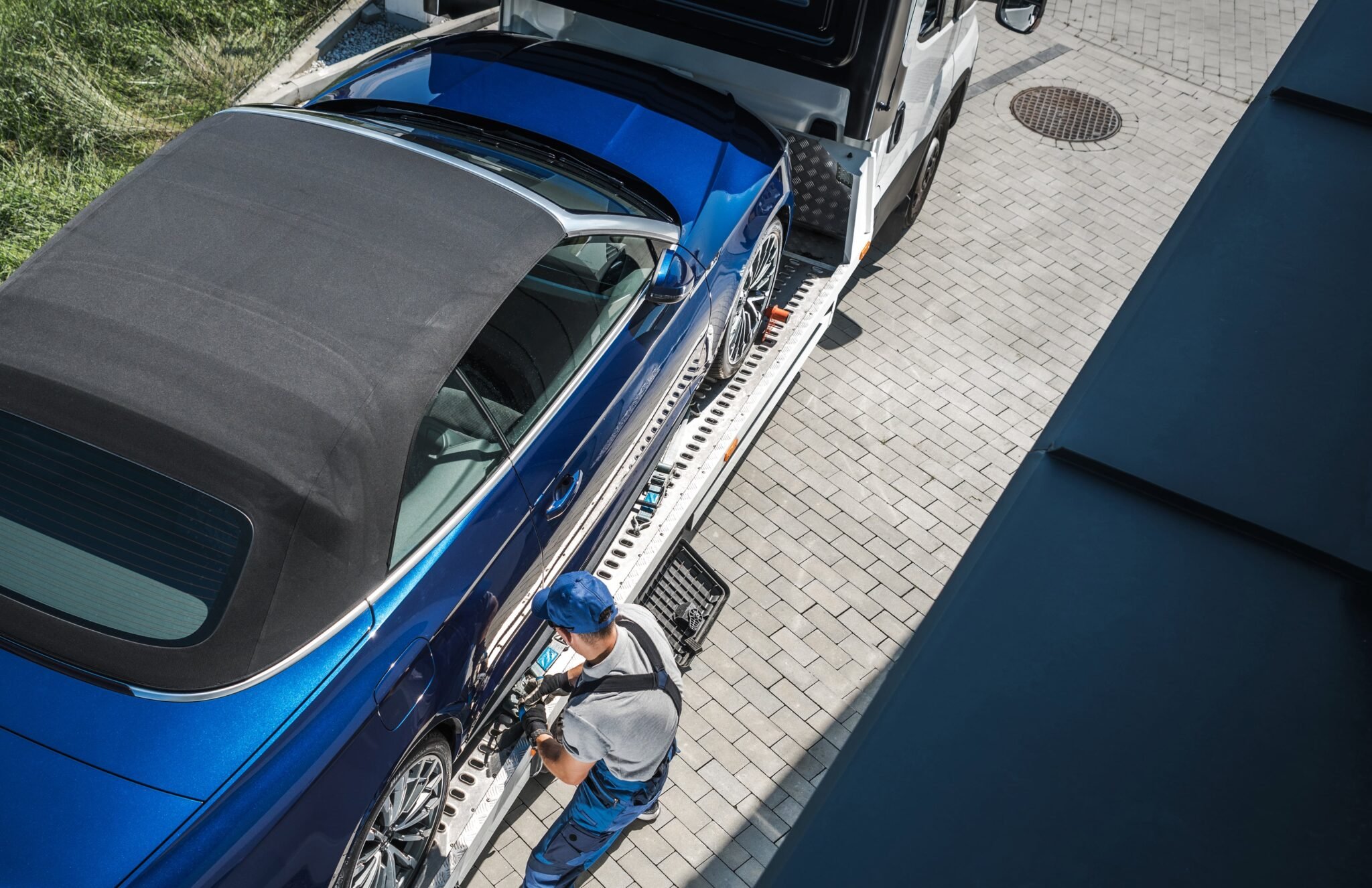Auto insurance is a must for drivers in the United States. The law requires that all vehicle owners carry at least minimal coverage, typically referred to as liability insurance. This type of policy protects car owners from being held financially responsible for injuries or property damage they might cause.
In this article, you’ll find tips to get the best out of your insurance for the lowest price.
What is an Insurance Premium?
An insurance premium is an amount of money paid to the insurance provider each year to cover auto and home insurance policies. The more risk you pose to the insurer — for example if you live in a high crime area or have a poor driving record — the higher your premiums will be.
Factors that Contribute to the Cost of Automobile Insurance
Each insurance company has its algorithm for calculating the cost of auto insurance. However, there are a few important factors that are common for most insurance companies; these include:
- Age: Drivers under 25 typically pay higher rates than older drivers because of their higher risk profile; these rates decrease over time as young drivers gain experience behind the wheel and become safer.
- Driving record: A clean driving record will result in lower rates than one with several violations. The state’s Department of Motor Vehicles (DMV) will notify your carrier about your recent driving violations; that’s why keeping your driving record as clean as possible is essential.
- Credit score: Lenders use credit scores as an indicator of responsibility when determining whether or not to approve a loan application and at what interest rate they will offer.
Since auto insurers also use credit scores in their calculations, poor credit can significantly increase insurance premiums. However, there are ways to improve your credit score and avoid paying the extra bucks every month, like being on time with your bills and paying off any past-due balances.
- Place of residence: If you live in an area with a higher crime rate, your insurance rates will be higher. It is because insurers view such places as more dangerous and, therefore, more costly.
- The type of car you drive: Larger, more expensive cars are more likely to be stolen, vandalised, and involved in accidents than smaller ones. As a result, insurance companies charge higher premiums for owners of these types of vehicles.
The car you drive also determines which features are included in your policy. For example, if you have an airbag on your vehicle, then it will be mandatory for the insurer to cover it when making repairs after an accident.
How to Reduce Your Auto Insurance Premium?
1. Buy a safer car
As you might expect, the safest cars cost more than their less-safe counterparts. But suppose you’re willing to shell out for higher-end models from reputable brands, such as Honda or Volvo. In that case, you’ll significantly reduce your insurance premiums over time.
If your current vehicle needs to be updated on safety ratings, consider trading it in for something safer before shopping for new insurance coverage. And if you’re looking at new cars anyway, check out which ones are safest before making a purchase decision to get the most bang for your buck when the time comes to buy or lease a new ride.
Read about What to Know Before You Buy a Car Online.
2. Drive safely
While this sounds obvious, it’s important to remember that even one accident can significantly impact your rates. When driving, avoid speeding and other law violations, such as running red lights or getting into accidents while under the alcohol or drug influence. If you get into an accident, follow the road rules and immediately report any damage or injury.
3. Keep your car in good condition
Being a safe driver is important, but so is having a reliable, well-maintained vehicle. If you’re leasing or financing a new car, keep up with the regular maintenance requirements set by your lender or dealership. When it comes time for an oil change or tire rotation, feel free to ask questions about how often these should be done and whether any extras are included in the service fee (such as fluid top-offs).
4.Maintain a low mileage
As you drive more, your car insurance premiums will rise. The more you
Re on the road driving your vehicle, the more likely you will get into an accident; if you can avoid a long commute or have other reasons for putting lots of miles on your vehicle, consider carpooling with someone nearby. You could also look into public transportation such as buses, trains, and subways.
Instead of travelling across the country, consider hiring the services of an auto transport company to ship your vehicle. It helps maintain low mileage and protect the car from potential accidents. Tempus Logix offers comprehensive auto transport services covering all types of vehicles and has already transported tens of thousands of cars over the past several years.
5. Refrain from adding younger relatives to your policy
If you have a teenager, you may want to add them to your insurance policy. This will help protect them if they get into an accident without any other coverage. However, adding a relative under 25 can increase your rates by as much as 15 percent because they’re statistically more likely to have accidents compared to older drivers.
6. Compare quotes
It’s critical to compare insurance rates from different companies and choose the vendor offering the best coverage at the lowest price. You can also look into any discounts your current insurer may offer, such as bundling multiple policies together or having a good driving record.
When you’re entertaining quotes, be sure to take note of the amount of coverage each policy offers. Some companies may offer more liability or collision coverage than others, saving you money in the long run.
7. Take a defensive driving course
Many insurance companies offer a discount to customers who complete an approved defensive driving course. The class helps drivers better understand how to avoid accidents on the road and reduce their chances of receiving a ticket. You can even get a discount for completing the course online in some states.
Conclusion
Insurance is a big part of the automobile experience, so it’s important to have a good grasp on the matter when choosing the best offer that suits you.
